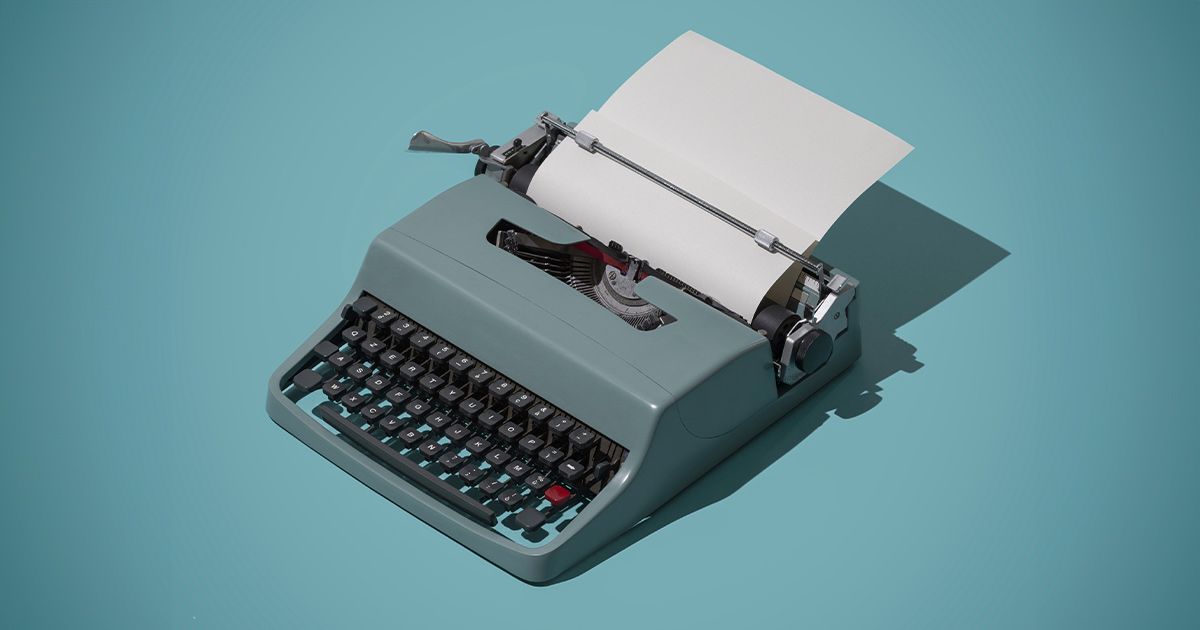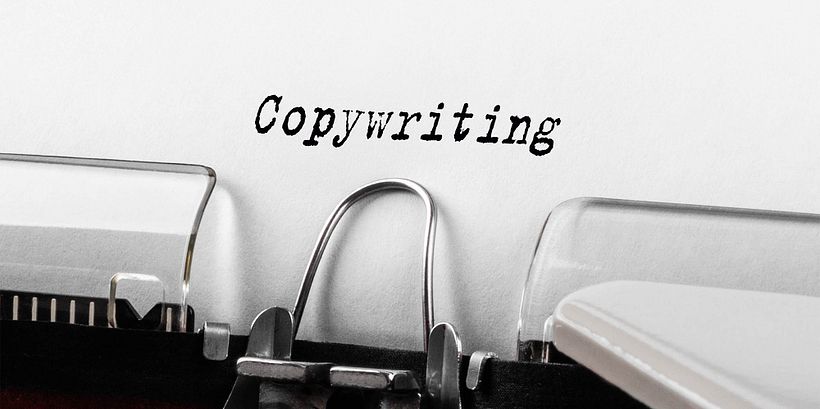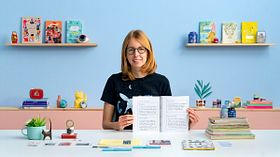5 Copywriting Formulas to Capture the Reader's Attention

Do you want to capture your readers' attention? These 5 copywriting formulas will help you achieve this.

Writing well may be very easy for some people, but capturing the attention of the target audience is something very different. In marketing it is necessary to use persuasive writing to help us get the desired action from readers.
How to do it? Different methods can help you achieve your goals. Here we are going to tell you some of them, take note and apply them in your next texts!
AIDA Formula
The name of the AIDA formula comes from four very important words for marketing: attention, interest, desire and action.
- Attention: The first step is to capture the attention of the target audience by showing them a scenario that might interest them.
- Interest: When you have their attention, you must use precious language to generate curiosity and interest.
- Desire: offer readers something they want. You already know they have the need, you just have to make them see it.
- Action: Invite them to interact with you in a direct way, with what are known as call to action or calls to action. It does not have to be directly a sale, but, for example, tell them to check your blog or subscribe to your newsletters.
Practical Example of the AIDA Formula[/i].
- Attention: To grab attention, for example, in an email, use an eye-catching image and a question at the top. Example: "Do you dream of a summer full of plans?"
- Interest: Tell users what you have to offer them, e.g. "Choose from hotels in over 120 destinations."
- Desire: "The sooner you book, the more discount you get". By giving them this information, they will have the desire to make their reservation as soon as possible.
- Action: "Book now." With a direct CTA, you leave them no room for doubt.
ADP Formula
The BAB formula takes its name from the initials of: "Before, After, Bridge".
- Before: Make your target audience see the problem they may be facing.
- After: present them with a solution to that problem.
- Bridge: Show the reader how the adverse situation can be turned into an idyllic situation, of course, through your product.
Practical example of the ADP formula.
Before: "Don't know where to start with digital marketing?".
After: "Imagine you can access free documents and marketing courses to learn how to promote your business."
Bridge: "Follow this link and we'll show you how to get them".

PAS Formula
The PAS formula in marketing comes from "problem, agitation, and solution".
- Problem: Start your copy by stating a problem that is relevant to the target audience.
- Agitation: Give force to that problem by explaining the implications and negative effects it can lead to.
- Solution: Present a compelling solution to solve that problem using your products or services.
Practical example of the PAS formula.
Problem: "Have you done what you "should do" but don't feel fulfilled?"
Agitation: "You comply with everyone, you do all the favors they ask you to do, you appear happy in front of people, but... you still feel that something is missing."
Solution: "Change your fear to happiness."
Formula of the 4 P
This formula has been used for a long time when companies used to send letters to their customers and nowadays it is used as a copywriting technique in newsletters. It is called 4 P because it comes from the English terms picture, promise, proof, and push.
- Scenario (Picture): Use language to capture the attention of your target audience and make them imagine the scenario you want.
- Promise (promise): Highlights all the good things about the product or service you are offering and how it will help the customer to make the previously stated scenario a reality.
- Proof (proof): Give the customer proof that what you are telling them is real through statistics, testimonials, and recommendations from previous users or consumers.
Call to action Push: Make the user interact with your brand with a call to action.
Practical Example of the 4 P Formula.
This example is part of a 1979 sales letter written to promote a magazine of places to retire. The years have passed but it is still an excellent example.
Scenario (picture): "A gentle breeze comes in from the ocean, clean and refreshing, as breakfast is brought to you in bed. For a moment, you think you've died and gone to heaven."
Promise (promise): "You look out the window, past your gardener, who is busily pruning lemon, cherry and fig trees, amidst the splendor of gardenias, hibiscus and hollyhocks. The sky is light blue. The sea is deeper blue and glistens with sunlight."
Proof (proof): "This paradise is real and affordable. In fact, living this dream lifestyle costs only half of what it would cost you to stay in your own home."
Call to action push: "Discover how to live the kind of life the rich live...".

FAB Formula
The FAB formula for persuasive writing is based on characteristics (features), advantages (advantages), and benefits (benefits).
- Features (features): begins by identifying the characteristics of the product or service, which are its specific attributes.
- Advantages (advantages): then highlights the advantages by explaining how those features offer something valuable.
- Benefits (benefits): Finally, focus on the benefits, which are the tangible or emotional improvements customers get from using the product.
Practical example of the FAB formula.
Characteristics (features): "Green kiwis: fresh, juicy, and appetizing".
Advantages (advantages): "Rich in fiber and vitamin C".
Benefits (benefits): "Source of well-being and satisfaction for the whole family".
Now that you know more ways to make your texts more persuasive, we encourage you to join our courses for copywriters and follow our copywriting tips:
- Copywriting for Copywriters Course
- Join our Copywriting Courses
- Copywriting Examples for Social Media





0 comments